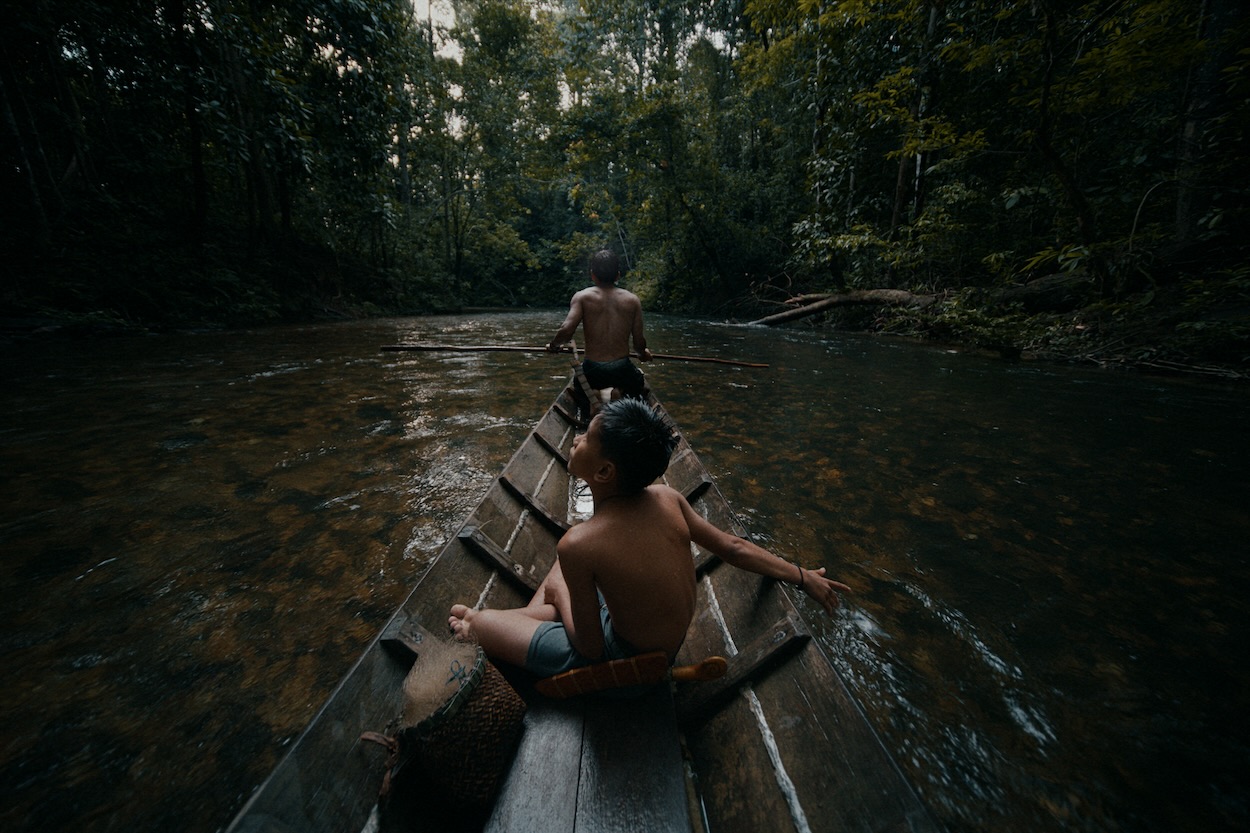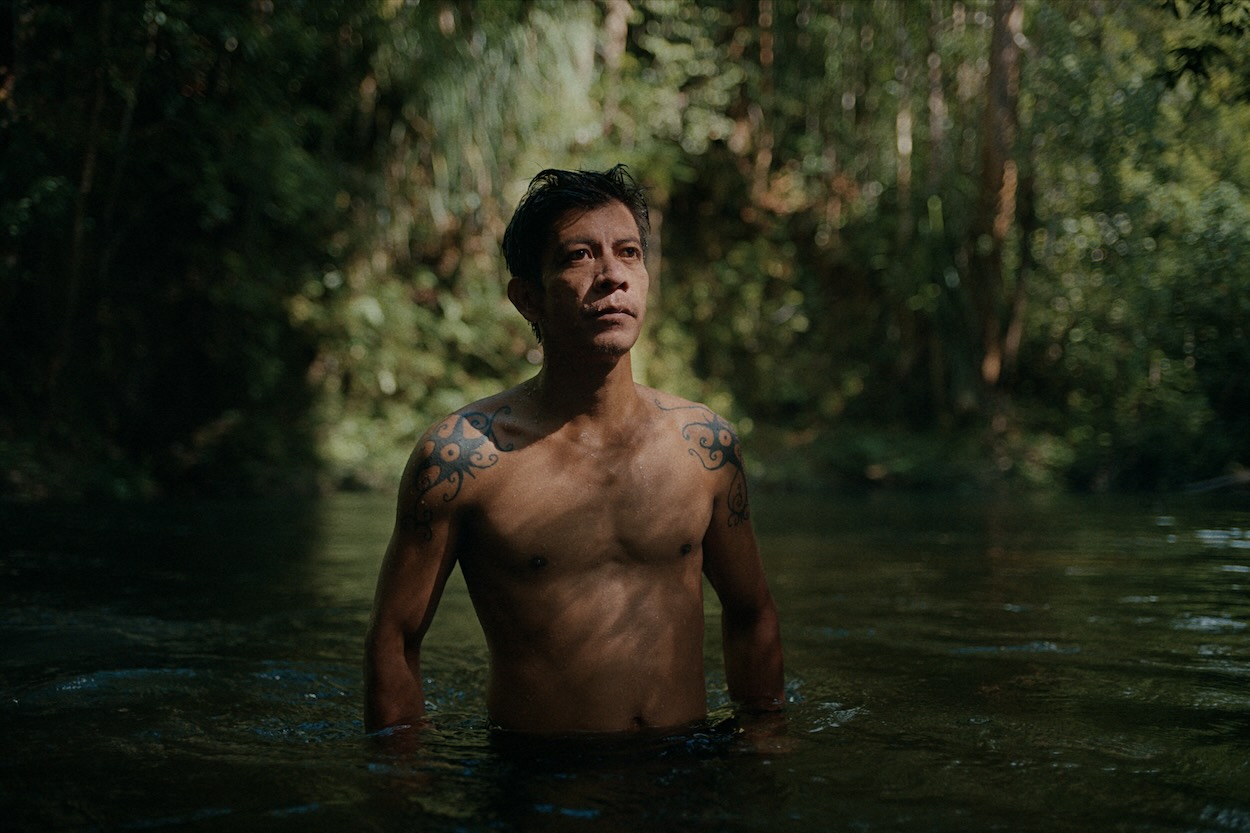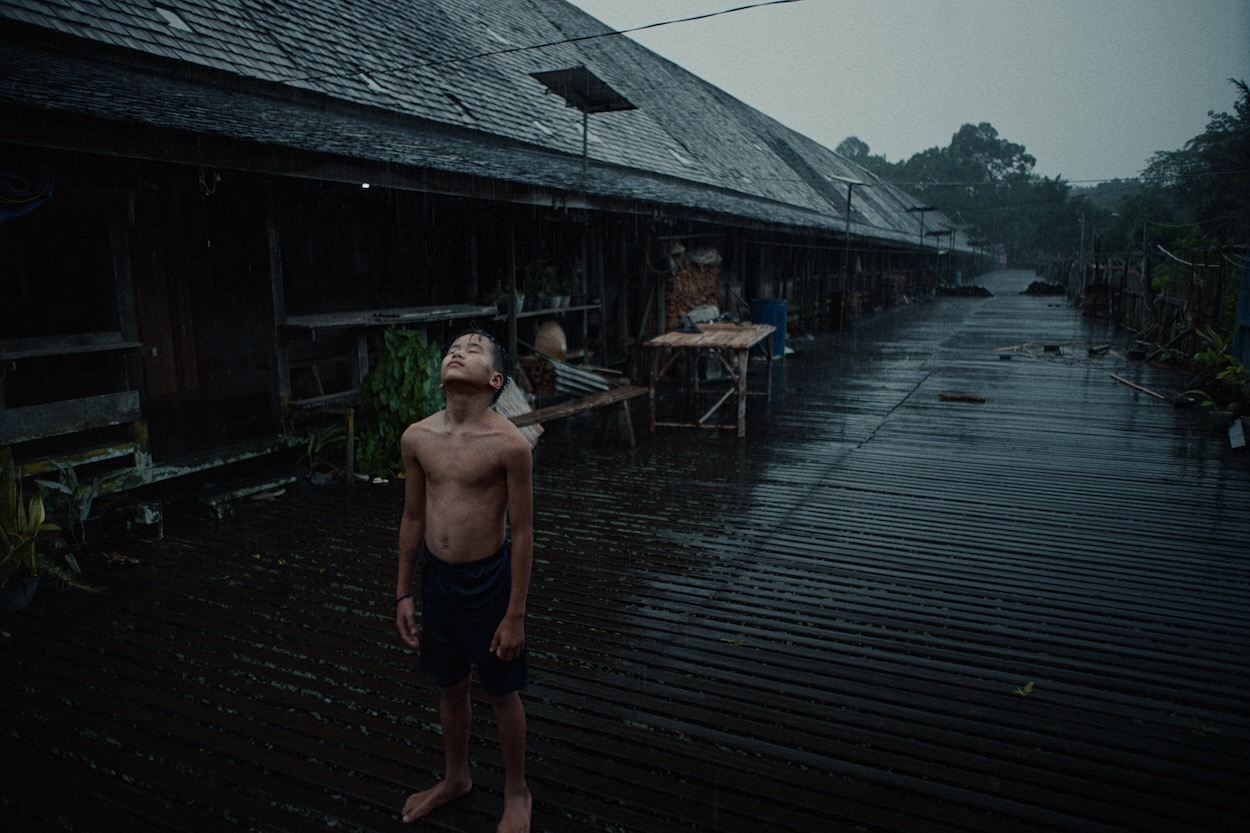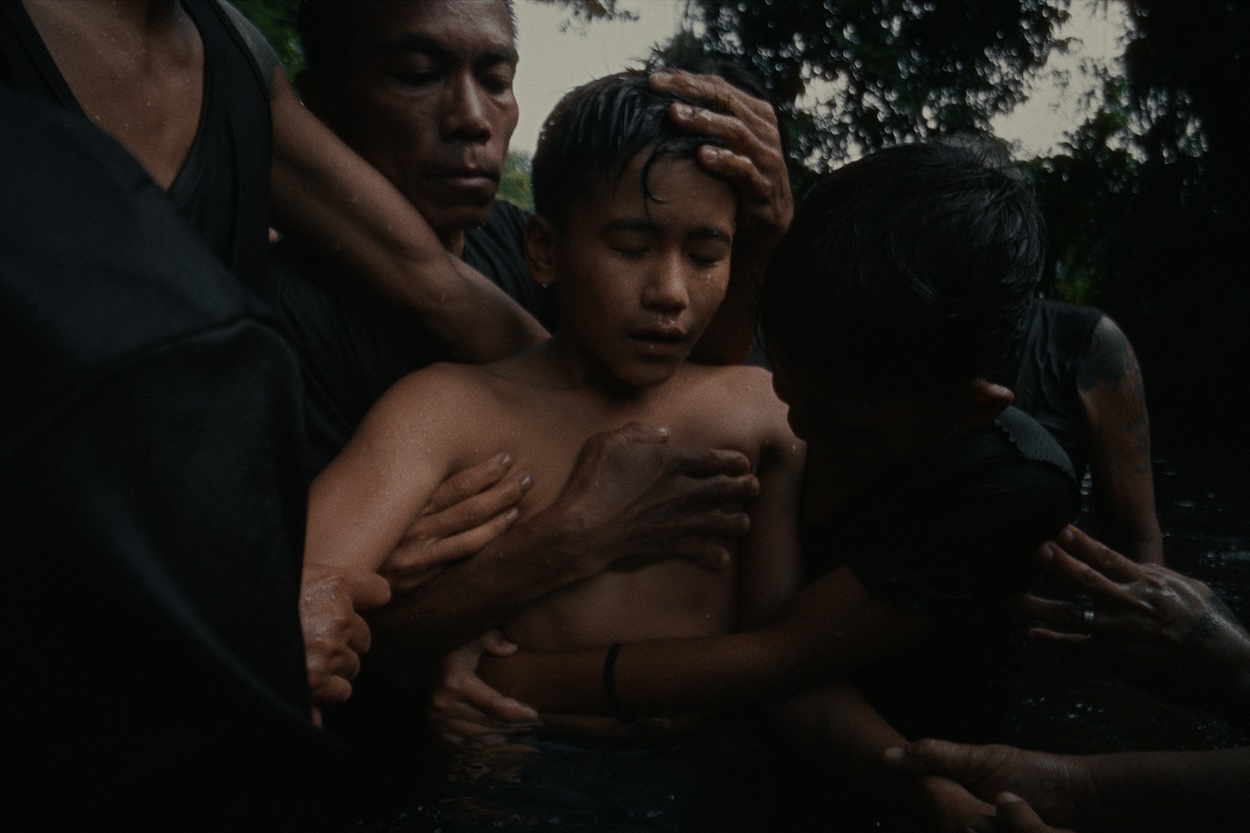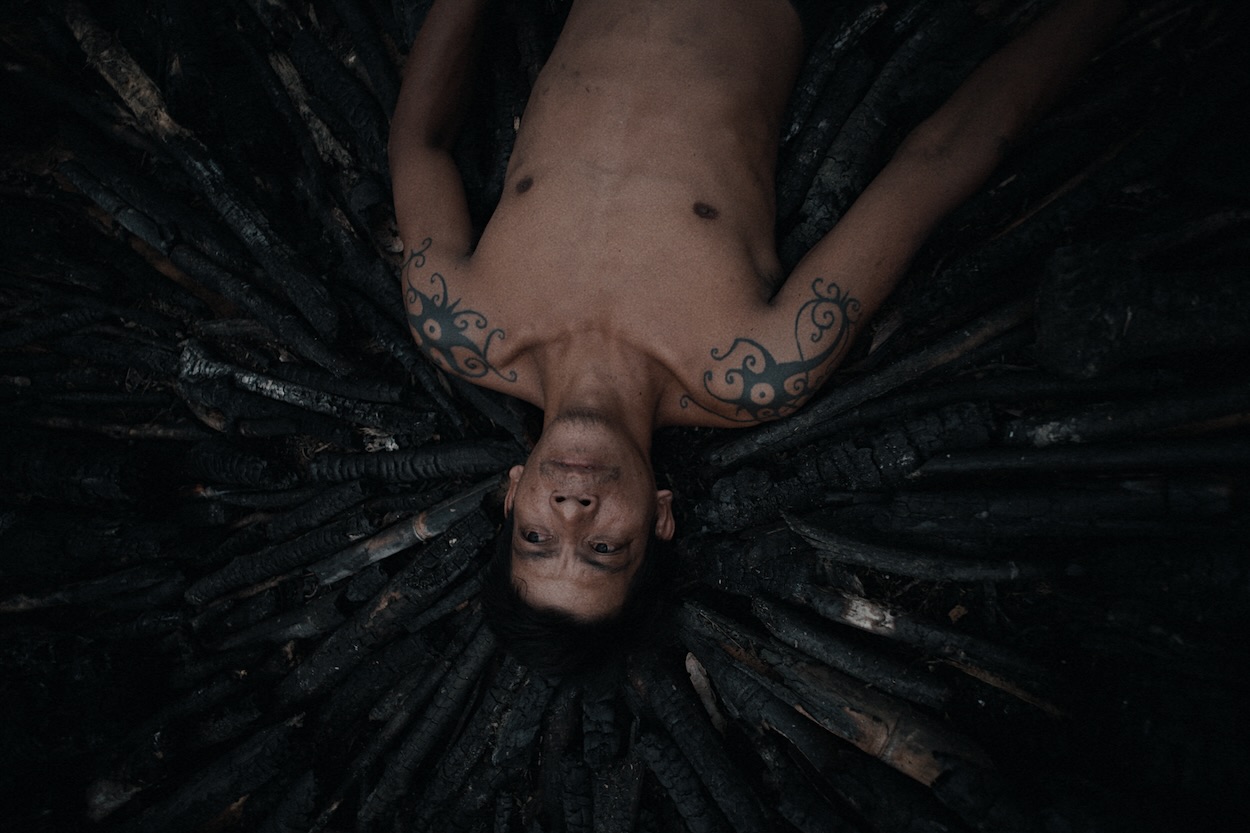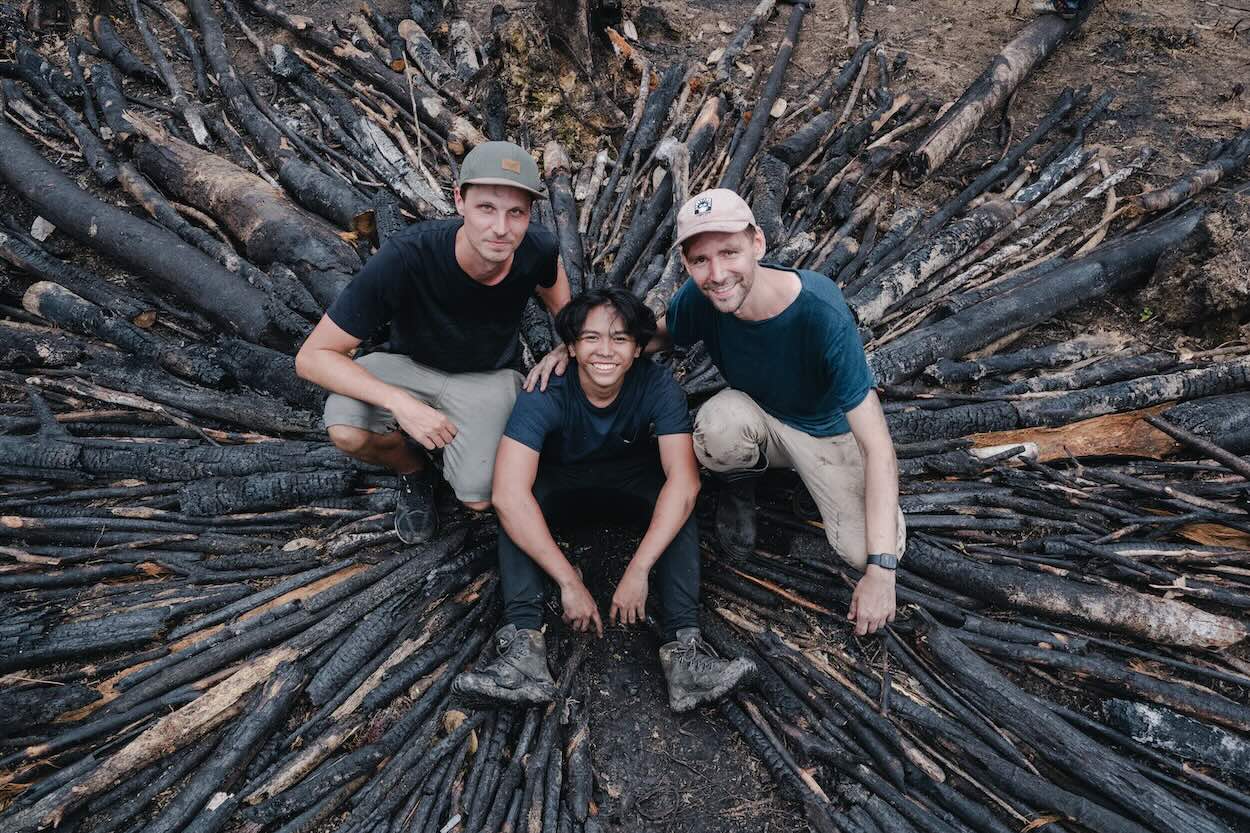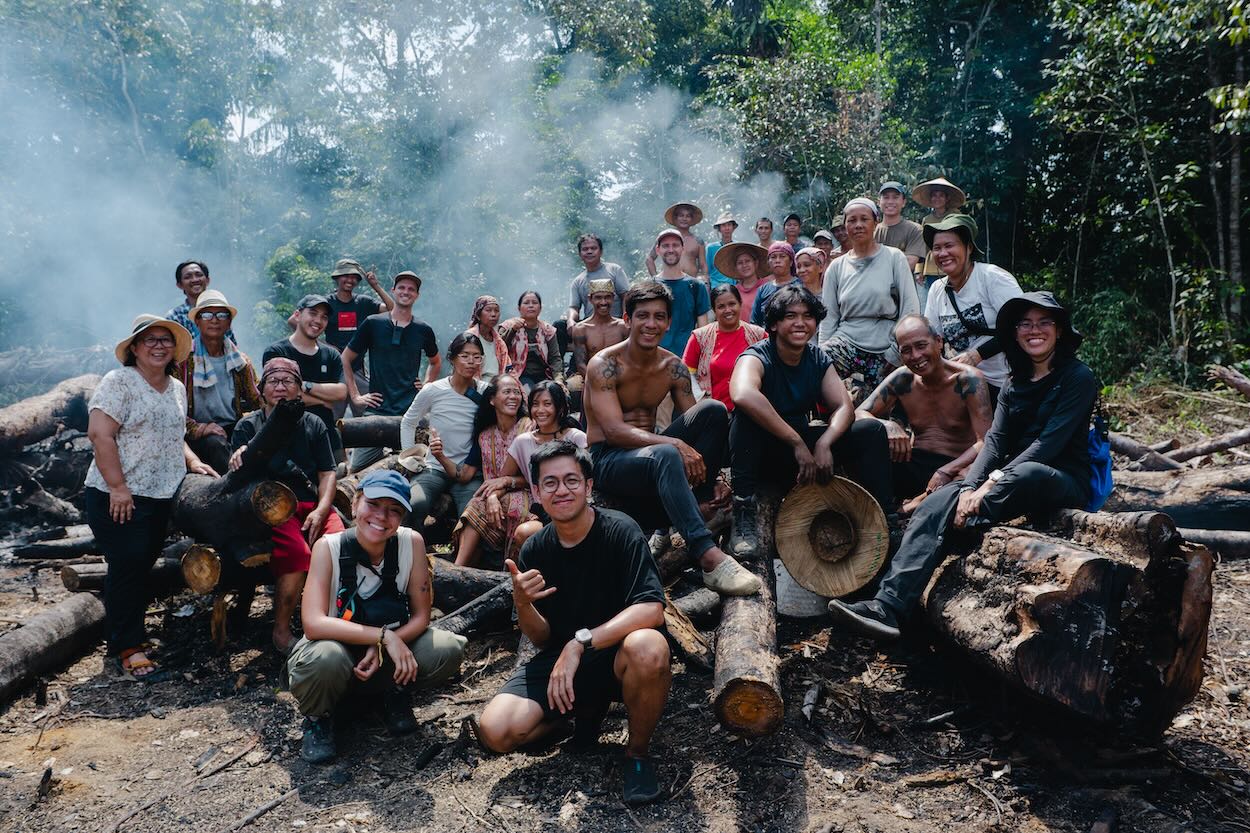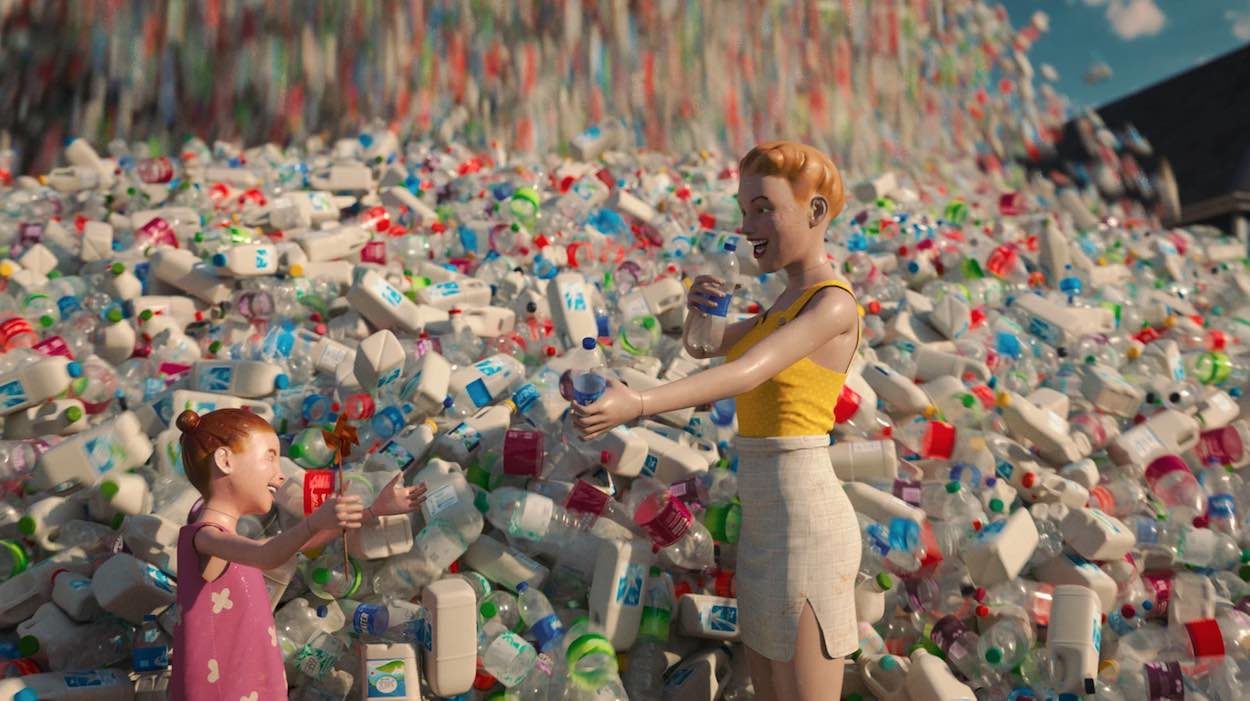Earth Defender directed by Studio Birthplace’s Jorik Dozy and Sil van der Woerd with filmmaker Kynan Tegar.
Music: Novo Amor
What was the impetus behind making the film?
Kynan Tegar: This film is about the very real problems that exist within our world, the criminalization and the murder of Earth Defenders. Indigenous Peoples that fought for their land, their forests, their rivers, and gave the biggest sacrifice, which is their life. There are communities whose whole livelihood was taken from them. The very part of their identity, which is the nature surrounding them, taken from them, ripped away. That’s a story that rang very close to home for me. That’s the story that we wanted to convey.
As Indigenous Peoples, we see ourselves not distinct from nature, but as part of it. To us, nature is everything that gives us life, and we treat it as such, taking only as we need, protecting it in the face of ongoing threats. This is why Indigenous Peoples are the best stewards of the land, a fact that has been recognized by bodies such as the IPCC, but it seems a fact that still has fallen on deaf ears. Recognition of Indigenous Peoples’ role and recognition of their rights are necessary, especially if we want to put a halt to climate change. These are real lives that are being lost. An Earth Defender dying every 48 hours is not just a statistic. It’s something very real.
How important was it to present the story through an authentic – rather than tokenistic – lens?
JD & SVDW: In this climate crisis it’s incredibly important to exchange knowledge and build bridges between cultures to better understand each other, to help each other and figure it out together. Indigenous and Earth Defender voices must be amplified because they lead some of the most important work on the front line of our climate and human rights crises. We wanted to support their story with our craft and skills, but as Westerners, of course we cannot speak for them. So we collaborated closely with Kynan and the Indigenous community Sungai Utik where Kynan is from, to ensure this is their story, told their way, with their voices guiding every step.
KT: A collaboration between cultures like this is really important. Studio Birthplace took into account the Indigenous voices, avoiding tokenism, which is what is happening in a lot of different spaces. That didn’t happen here. It was a very real collaboration where everyone was able to equally contribute and shape the film into what they believed was right.
Making the film was a deeply collaborative process, which involved living among the Sungai Utik community for a month to immerse yourself in their world – can you tell us more about the experience and the specific challenges you encountered?
JD & SVDW: We went through a really intense process with the community, doing multiple community meetings, where the whole project was openly discussed. Everyone could voice their thoughts, and if there was anything that they felt wasn’t right, or that they felt should be changed, we would listen to that, and we would work with Kynan to adapt the film. Through this process, the film gained its unique voice.
One of the most touching moments happened during our final community meeting, when the elders – as the full concept of the film dawned on them – got emotional and they started to speak to the young kids in attendance, about the importance of them to continue the work of the elders and parents to protect the land – noting that if the young generation does not continue this work, their land and way of living may still be at risk.
As filmmakers, we’re used to having a certain degree of control, but working outdoors with a large community taught us to let go and flow with the moment. When it rained or the river flooded, we adapted. Everything given by the actors – who are all people from the Sungai Utik community – we considered a gift. It brought a beautiful unpredictability. A full month we spent mostly disconnected from the internet, taking our morning showers in the river and spending our evenings on the comfortable wooden floors of the longhouse, amidst the community.
We learned so much, not just as filmmakers, but spiritually too, as we started to see how incredibly far our individualistic Western culture has drifted away from living in harmony with the natural world. In a way, we became students, learning what it means to be Indigenous.
It’s such a beautifully filmed documentary with very restrained VFX. Were there quite a few debates on how to portray the loss of the father?
JD & SVDW: Originally, we wanted to open the film with his corpse in a funeral setting. But the community made it clear to us very quickly that they did not want to stage one of their community members as a dead body, as it could be a bad omen.
Respecting the community’s wish, we reworked the film so that we don’t see the father die, and instead see him pass on to another dimension.
Directors Jorik Dozy, Kynan Tegar and Sil van der Woerd
Beyond convincing viewers to sign the pledge to adopt the Indigenous Peoples Act in Indonesia, what message do you hope they take away from the film?
JD & SVDW & KT: That we don’t just need to preserve our forests, we need to learn and listen to the Indigenous ways and learn how to live in harmony with the earth’s ecosystems. The structures we have now are failing us. What we need is a change in our system and one way to start with that is to change how we look at the world, our relationship with the world. Every day we can apply these principles – only buy what you need, express gratitude and generosity, give back to the Earth.
Nature is not here for us to take; Nature has a right to exist.
The Earth will be fine without us. But imagine, who the Earth could be with us?
INFO:
Studio Birthplace website
Novo Amor website
@studiobirthplace
@novoamor

